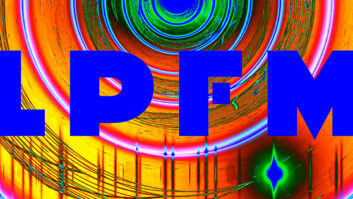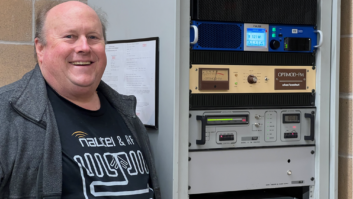Legal, unlicensed broadcasts under Part 15 are a buzz topic right now about radio engineers.
Here’s what Larry Wilkins, director of engineering services for the Alabama Broadcasters Association, writes in his e-newsletter this week:
Broadcast engineers have been approached lately by churches and other organizations about setting up a low-power transmitter for use during COVID-19. The question of legal operation is covered in FCC Part 15.
The quick answer allowed coverage area is approximately 200 feet for an FM transmitter. The full answer is much more complicated than that: 250 µV/meter @ 3 meters (also measured as 48 dBuV/m). The same is true on the AM broadcast band, where devices are limited to an effective service range of approximately 200 feet (61 meters).
[Read: Part 15 Broadcasting Is Not Without Problems]
Although an operator does not have to obtain a license to use a Part 15 transmitter, the transmitter itself is required to have an FCC authorization before it can be legally marketed in the United States.
Be careful with the type of antenna used with the unit. The standards in Part 15 are not based solely on output power but also take into account the antenna characteristics. Thus, a low-power transmitter that complies with the technical standards in Part 15 with a particular antenna attached can exceed the Part 15 standards if a different antenna is attached.
Wilkins added to make sure you are on a vacant frequency in your area and verify the audio level feeding the transmitter is correct (not too high or too low).
Below are recent related articles from Radio World:
Look for FCC Certification When Choosing a Part 15 Transmitter
Low-Power Radio in the Parking Lot: What You Need to Know
Check Out These Unexpected Uses for Low-Power Radio











